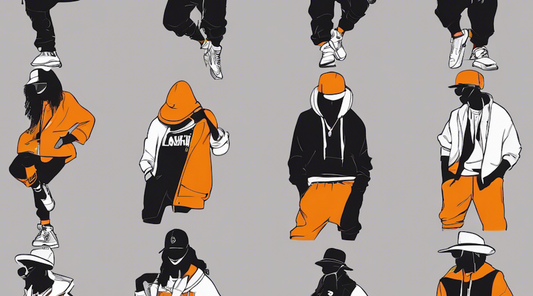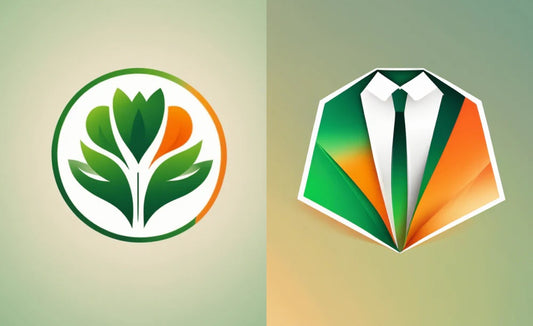Today, we'll be discussing a 3D model generated with Kaedim from a computer graphics perspective. You can refer to the previous article about Kaedim here.
Let's Look at a 3D Model from Kaedim:
The image used was generated on Midjourney.
Notice the curvature in the heel area and the intricate details.

Here's the model that was generated.
It took about 3-4 hours to generate using the "Ultra" setting.


From above, the model appears symmetrical.
We've uploaded the generated 3D model to Sketchfab! Feel free to take a look around.
Data:
With 76,000 polygons, it's a high-resolution model!| Mode | Ultra |
| Number of polygons (triangles) | 76,386 |
| Number of vertices | 38,225 |
| File size (obj) | 5.5MB |
The number of polygons, file size, and parts of the 3D model seem to vary depending on the image used.
For reference, the number of polygons of the 3D model of the bag introduced in the blog is as follows:
| Mode | High | Ultra |
| Number of polygons (triangles) | 6,320 | 16,598 |
| Number of vertices | 3228 | 8411 |
| File size (obj) | 414KB | 1.1MB |
| Number of parts | 57 | 57 |
Parts:

Upon opening the data, we find it consists of 20 separated objects.
Shape:



The image above includes sharp edges, while the one below does not.
Sharp edges were used in parts of the model.
This is often used when we want to show corners in curved surfaces, but I didn't notice much difference comparing when it's ON or OFF.
UV:

During the generation with Kaedim, the Automatic Texturing setting is OFF.
If the UV map is organized, texture painting (applying color to the model using images) is possible.
Looking at the UV map preview, it overlaps and seems like there is no UV map. If you want to color with texture, you'll need to edit the UV.
To close:
It's impressive that a 3D model can be generated from a single image in a few hours.
If I were to model it myself, it would probably take around 5 hours.
It's difficult without a three-view drawing.
Looking at the shape, you can see that the simple parts and details are reproduced while controlling the polygons. I think it would be interesting to create variation models based on Kaedim's model.
There might be some appropriateness depending on the usage and the motif to be generated.
For items like shoes, which are asymmetrical left and right, a single image will result in symmetry. To make it more realistic, modeling to increase the detail will be necessary after model generation in Kaedim.
I tried to boolean combine the separated parts and remesh them. (The image on the left is after the boolean combination, and the one on the right is after remeshing.)
With a bit of adjustment, it looks like it could be further developed. I'm very excited for the future evolution of this technology.


![[Easy on Your Smartphone] How to Create ZEPETO Items with Maison AI](http://open-fashion.com/cdn/shop/articles/387ac76082623e94218de7c076a87675.jpg?v=1712232721&width=533)

